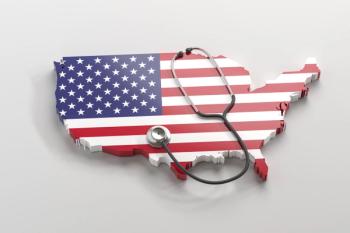
Improving Adherence May Need Out-of-the-Box Strategies
In his blog, a University of Chicago economist says that while non-adherence is a major source of waste in US healthcare-totaling approximately 2.3% of GDP-achieving the optimal level of adherence to treatments is more nuanced than strictly raising adherence rates.
Improving adherence to prescribed medical treatments remains an almost universally agreed-upon challenge in health care. Estimates show that the cost of non-adherence in the United States is approximately $290 billion, equating to about 13% of total health care spending, or 2.3% of GDP. Improving treatment adherence through both private and public interventions has been identified as a crucial step toward improving health outcomes and lowering health care costs.
Agencies, such as the Patient-Centered Outcomes Research Institute, the Agency for Healthcare Research and Quality, and the National Institutes of Health, dedicate substantial funding to research on improving medication adherence. The common overall policy view is that adherence is too low because patients are ill-informed or irrational, and therefore private or public interventions are needed to improve adherence. This approach is not based on science and assumes that that under-adherence is the sole problem, but over-adherence to ineffective treatments is equally harmful to patients — and potentially more costly for the health system.
Complete post on Forbes:
Newsletter
Stay ahead of policy, cost, and value—subscribe to AJMC for expert insights at the intersection of clinical care and health economics.

















































